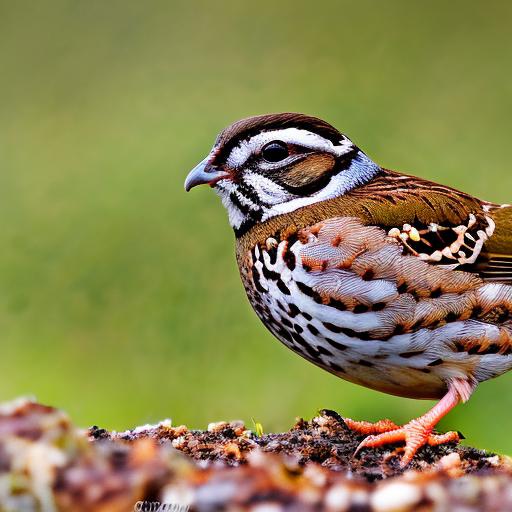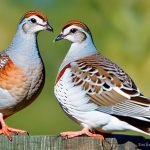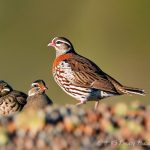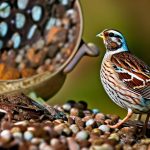Quail are small, ground-dwelling birds that are known for their elusive and skittish behavior. They are often found in open grasslands, agricultural fields, and brushy areas. Quail are primarily active during the day, foraging for seeds, insects, and small plants. They are also known to be social birds, often found in small groups called coveys. Understanding the behavior of quail is crucial when it comes to managing their presence in a specific area.
Quail are known to be attracted to areas with ample food sources and suitable nesting sites. They are also sensitive to disturbances and will avoid areas with high levels of human activity or predators. By understanding these behaviors, it becomes easier to implement effective strategies for managing quail populations. Additionally, knowing their preferred habitats and foraging patterns can help in creating physical barriers and natural deterrents to discourage quail from certain areas.
Key Takeaways
- Quail are ground-dwelling birds that are attracted to open areas with low vegetation and easy access to food and water.
- Physical barriers such as fences and netting can effectively deter quail from entering specific areas.
- Natural deterrents like aromatic plants and mulch can discourage quail from foraging in gardens and crops.
- Scare tactics such as motion-activated sprinklers and reflective objects can startle quail and drive them away from targeted areas.
- Providing alternative food sources like bird feeders and designated feeding areas can redirect quail away from gardens and crops.
Creating Physical Barriers
One effective way to manage quail populations is by creating physical barriers to prevent them from accessing specific areas. This can be achieved by installing fencing or netting around gardens, crops, or other areas where quail activity is unwanted. The fencing should be at least 2 feet high and buried at least 6 inches into the ground to prevent quail from burrowing underneath. Additionally, using mesh or netting with small openings can help in keeping quail out while still allowing for airflow and sunlight.
Another method of creating physical barriers is by using scare tape or reflective materials to deter quail from entering certain areas. These materials can be hung around gardens or crops to create a visual deterrent for quail. The movement and reflection of light off these materials can startle quail and discourage them from approaching. It’s important to regularly inspect and maintain these barriers to ensure their effectiveness in managing quail populations.
Using Natural Deterrents
In addition to physical barriers, natural deterrents can also be used to manage quail populations. One effective natural deterrent is the use of predator urine or predator scent around the perimeter of the area where quail activity is unwanted. The scent of predators can trigger a fear response in quail, causing them to avoid the area altogether. Predator urine or scent can be purchased from garden supply stores or online and should be reapplied regularly to maintain its effectiveness.
Another natural deterrent is the use of plants that are unappealing to quail. Quail are known to avoid areas with certain types of plants, such as prickly or thorny bushes. By planting these types of vegetation around gardens or crops, it can help in deterring quail from entering the area. Additionally, using mulch or gravel around plants can make it difficult for quail to forage for food, further discouraging their presence.
Implementing Scare Tactics
Scare tactics can be an effective method for managing quail populations in specific areas. One common scare tactic is the use of scarecrows or decoys placed strategically around gardens or crops. The presence of these human-like figures can startle quail and discourage them from approaching the area. It’s important to regularly move and change the position of scarecrows to prevent quail from becoming accustomed to their presence.
Another scare tactic is the use of noise-making devices, such as wind chimes or aluminum pie plates hung around gardens or crops. The sound and movement of these devices can startle quail and deter them from entering the area. Additionally, using motion-activated sprinklers can also be an effective scare tactic for managing quail populations. The sudden burst of water can startle quail and discourage them from returning to the area.
Providing Alternative Food Sources
One way to manage quail populations is by providing alternative food sources in areas where their presence is unwanted. By offering a separate feeding area with suitable food sources, it can help in diverting quail away from gardens or crops. This can be achieved by setting up bird feeders with seeds and grains that are appealing to quail in a different location away from the targeted area.
Another method is by planting cover crops specifically for quail in designated areas. Cover crops such as millet, sorghum, or sunflowers can provide an alternative food source for quail while keeping them away from gardens or crops. By providing these alternative food sources, it can help in managing quail populations without causing harm to the birds.
Encouraging Predators
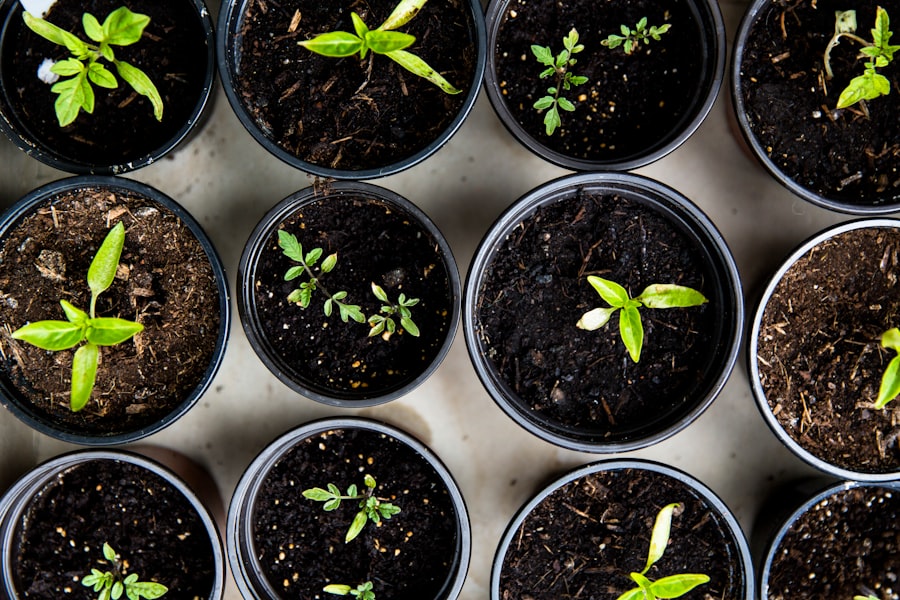
Encouraging natural predators of quail can also be an effective method for managing their populations. Predators such as hawks, owls, and foxes are known to prey on quail and can help in keeping their numbers in check. By providing suitable habitat for these predators, such as nesting boxes for owls or perches for hawks, it can help in attracting them to the area and discouraging quail from staying.
Additionally, maintaining natural habitats and wildlife corridors can also help in encouraging predators to frequent the area. By preserving natural vegetation and minimizing disturbances, it can create a suitable environment for predators to thrive and help in managing quail populations naturally.
Consistent Monitoring and Maintenance
Consistent monitoring and maintenance of management strategies are crucial for effectively managing quail populations. Regularly inspecting physical barriers, natural deterrents, and scare tactics can help in identifying any issues or areas that need adjustment. It’s important to make necessary repairs or changes to ensure the continued effectiveness of these strategies.
Additionally, staying informed about the behavior and habits of quail can help in adapting management strategies accordingly. By staying updated on their movements and activity patterns, it becomes easier to implement targeted approaches for managing their populations in specific areas.
In conclusion, managing quail populations requires a comprehensive understanding of their behavior and habits. By implementing a combination of physical barriers, natural deterrents, scare tactics, alternative food sources, predator encouragement, and consistent monitoring and maintenance, it’s possible to effectively manage quail populations without causing harm to the birds. These strategies can help in creating a balanced environment where both quail and human interests are respected and maintained.
If you’re looking for ways to protect your garden from quail, you might also be interested in learning how to convert a shed into a chicken coop. This article on poultrywizard.com provides valuable insights and tips on creating a safe and comfortable space for your chickens. By understanding the principles of coop design, you can ensure that your chickens have their own designated area to feed and roam, minimizing the chances of them encroaching on your garden.
FAQs
What are quail and why do they eat in gardens?
Quail are small ground-dwelling birds that are known to forage for food in gardens. They are attracted to gardens because of the abundance of insects, seeds, and plants that they can feed on.
What are some effective methods to keep quail from eating in the garden?
Some effective methods to keep quail from eating in the garden include using physical barriers such as fences or netting, planting quail-resistant plants, using scare tactics such as decoys or noise makers, and providing alternative food sources away from the garden.
Are there any natural deterrents that can be used to keep quail away from the garden?
Yes, there are natural deterrents that can be used to keep quail away from the garden. These include planting strong-smelling herbs and flowers, using predator urine or scents, and creating an environment that is less attractive to quail by reducing hiding spots and water sources.
Is it possible to coexist with quail in the garden without causing harm to the birds?
Yes, it is possible to coexist with quail in the garden without causing harm to the birds. By implementing the aforementioned methods and creating a balanced ecosystem, it is possible to discourage quail from eating in the garden while still allowing them to thrive in their natural habitat.
Meet Walter, the feathered-friend fanatic of Florida! Nestled in the sunshine state, Walter struts through life with his feathered companions, clucking his way to happiness. With a coop that’s fancier than a five-star hotel, he’s the Don Juan of the chicken world. When he’s not teaching his hens to do the cha-cha, you’ll find him in a heated debate with his prized rooster, Sir Clucks-a-Lot. Walter’s poultry passion is no yolk; he’s the sunny-side-up guy you never knew you needed in your flock of friends!

